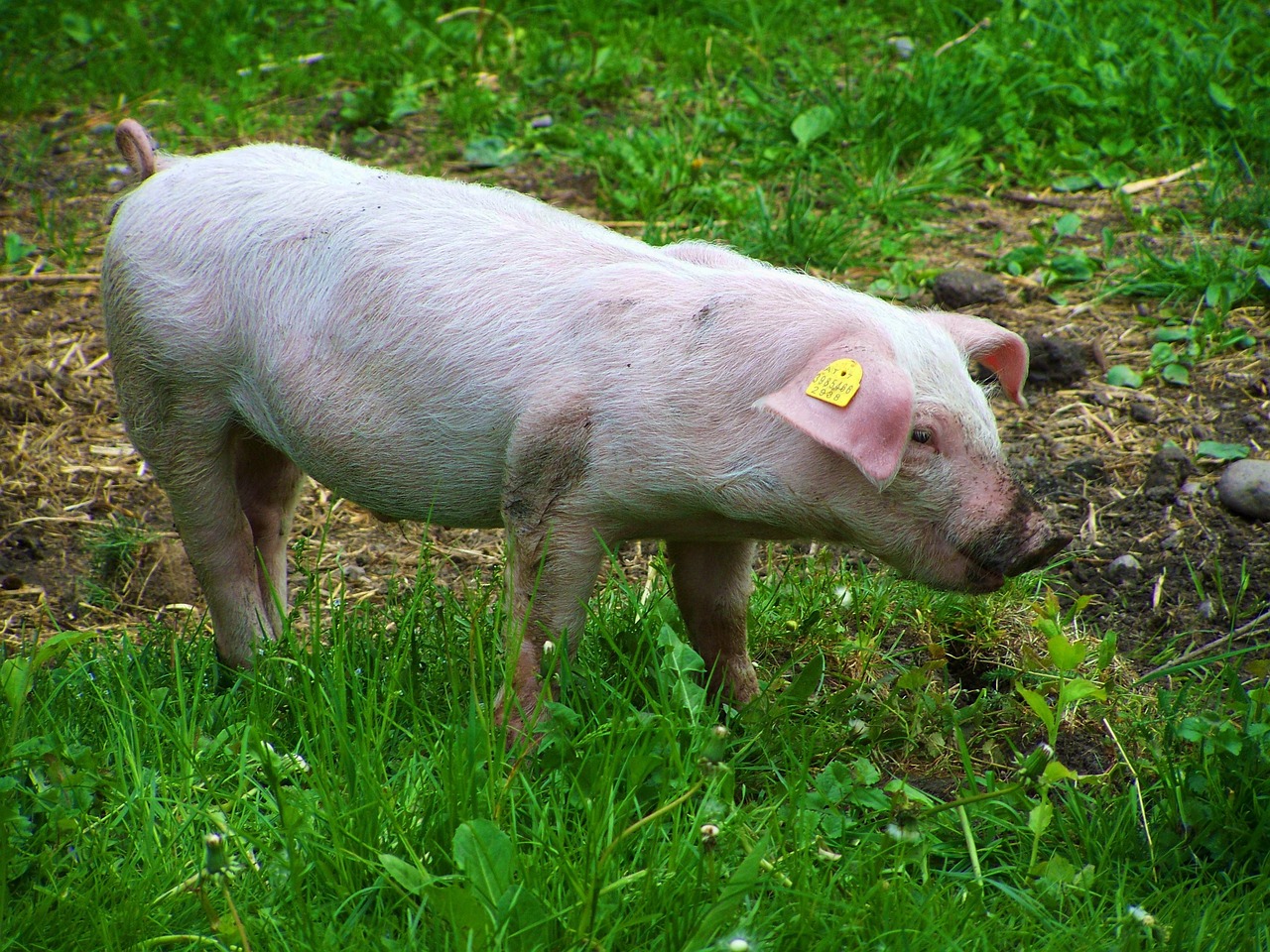Trees provide numerous essential benefits to humans, including clean air, shade, food, shelter, and materials for construction and manufacturing. They also support biodiversity and help regulate the climate.
Trees are often referred to as the lungs of the planet. They play a crucial role in maintaining environmental balance. Through photosynthesis, trees absorb carbon dioxide and release oxygen. This process is vital for life on Earth. Moreover, trees improve air quality by filtering pollutants and dust from the air.

Beyond their environmental contributions, trees also offer a variety of resources that humans depend on. From the fruits we eat to the timber used in construction, trees are integral to many aspects of our daily lives. They provide habitats for wildlife, contributing to biodiversity, which in turn supports ecosystems essential for human survival.
Environmental Benefits of Trees
The environmental advantages of trees extend far beyond clean air. They play a significant role in soil conservation, water quality improvement, and climate regulation. Here are some key points about the environmental benefits provided by trees:
- Soil Erosion Prevention: Tree roots stabilize the soil, preventing erosion and maintaining land integrity.
- Water Cycle Regulation: Trees aid in water filtration and retention, enhancing groundwater levels and reducing runoff.
- Climate Mitigation: By sequestering carbon dioxide, trees help mitigate climate change impacts.
In addition to these benefits, trees can influence local weather patterns. They provide shade, which lowers ground temperatures and can even affect humidity levels in their vicinity. This cooling effect can reduce the need for air conditioning in nearby buildings, leading to energy savings.

Economic Contributions of Trees
Trees contribute significantly to the economy, providing raw materials for various industries. The timber industry relies heavily on sustainably managed forests for wood products. Additionally, many non-timber products also stem from trees, including:
- Fruits and nuts
- Medicinal compounds
- Essential oils
- Natural resins
The economic impact of trees is not limited to direct materials. Urban trees enhance property values and can attract tourism. Parks and green spaces improve community appeal and have been shown to increase mental well-being among residents.
Social and Health Benefits of Trees
The presence of trees in urban areas has been linked to numerous social benefits. Green spaces create opportunities for recreation and relaxation. Studies show that areas with more trees experience lower crime rates and foster a sense of community.

Moreover, trees have significant health benefits. Being around greenery has been associated with reduced stress levels, improved mood, and enhanced overall well-being. Hospitals with views of nature have reported shorter recovery times for patients.
Tree Species and Their Uses
Different tree species offer various benefits. Understanding these can help us appreciate the diversity of trees and their roles in human life. Below is a table showcasing some common tree species and their primary uses:
| Tree Species | Primary Use |
|---|---|
| Oak | Furniture and flooring |
| Pine | Construction and paper products |
| Cedar | Outdoor furniture and shingles |
| Apple | Fruit production |
This diversity highlights how trees not only sustain ecosystems but also enrich human life through their various products and benefits. As we explore the topic further, it becomes clear that trees are indispensable to our existence in multiple ways.

Ecological Importance of Trees
Trees play a pivotal role in maintaining ecological balance. They are vital for various ecosystems, providing habitat and food for countless species. Understanding the ecological importance of trees helps us appreciate their diverse roles in nature.
Habitat for Wildlife
Trees create habitats for numerous organisms, from birds and mammals to insects and fungi. Each tree species supports different wildlife, contributing to biodiversity. Some key points about the habitat provided by trees include:
- Nesting Sites: Many birds and small mammals use tree cavities for nesting and shelter.
- Food Sources: Trees produce fruits, nuts, and leaves that serve as food for various animals.
- Microhabitats: The bark and foliage of trees provide habitats for insects, fungi, and other microorganisms.
The presence of diverse tree species in an area can lead to complex food webs, promoting overall ecosystem health. This diversity is essential for sustaining populations of wildlife and maintaining genetic diversity within species.
Carbon Sequestration
One of the most crucial ecological functions of trees is carbon sequestration. Trees absorb carbon dioxide from the atmosphere, storing carbon in their biomass. This process helps mitigate climate change by reducing greenhouse gas concentrations. Here are some important aspects of carbon sequestration:
- Trees can store significant amounts of carbon over their lifespan, with large trees being particularly effective.
- The rate of carbon sequestration varies among species, age, and environmental conditions.
- Forests act as carbon sinks, meaning they absorb more carbon than they release.
By planting and preserving trees, we can enhance carbon sequestration efforts. Urban forestry initiatives aim to increase tree planting in cities to combat climate change effectively.
Economic Value Beyond Timber
While timber is a well-known product of trees, their economic value extends much further. Trees contribute to several industries and provide various non-timber products. These include:
Non-Timber Forest Products (NTFPs)
Many trees yield valuable products that do not involve cutting them down. Some examples of non-timber forest products include:
- Medicinal Plants: Certain tree species have leaves, bark, or fruits used in traditional medicine.
- Maple Syrup: Maple trees are tapped for sap, which is processed into syrup.
- Essential Oils: Trees like eucalyptus and pine produce oils used in aromatherapy and cosmetics.
The harvesting of NTFPs can provide income to local communities while conserving forests. Sustainable management practices help ensure these resources remain available for future generations.
Aesthetic and Recreational Value
Trees enhance the beauty of landscapes and urban environments. Their aesthetic value leads to several social benefits:
- Parks and Green Spaces: Trees increase the appeal of parks, providing areas for recreation and relaxation.
- Cultural Significance: Many cultures revere specific trees for their historical or spiritual importance.
- Tourism: Scenic tree-lined streets or forests attract visitors, boosting local economies.
The recreational opportunities provided by trees contribute to physical well-being and mental health. Access to green spaces has been linked to improved mood and reduced stress levels.
Urban Forestry Initiatives
Cities are increasingly recognizing the importance of trees in urban settings. Urban forestry initiatives aim to integrate trees into city planning, enhancing livability and sustainability. Key goals of these initiatives include:
- Improving Air Quality: Increasing tree cover can significantly reduce air pollution levels in urban areas.
- Mitigating Urban Heat Islands: Trees provide shade, cooling the environment and lowering energy consumption.
- Enhancing Biodiversity: Planting diverse tree species fosters habitats for urban wildlife.
Community involvement is crucial for the success of urban forestry programs. Engaging local residents in tree planting and maintenance fosters a sense of ownership and responsibility toward urban green spaces.
Community Benefits of Trees
Trees provide numerous benefits to communities, enhancing social interaction and fostering a sense of belonging. A well-planned urban forest can significantly improve the quality of life for residents. The various community benefits of trees include:
Improved Mental Health
Access to nature has been shown to have positive effects on mental health. Trees contribute to improved psychological well-being in several ways:
- Stress Reduction: Green spaces with trees can lower stress levels and promote relaxation.
- Mood Enhancement: Exposure to natural settings is associated with increased happiness and reduced feelings of anxiety.
- Mindfulness Opportunities: Parks and green areas encourage outdoor activities, which can foster mindfulness and connection with nature.
Studies indicate that individuals living near green spaces experience lower rates of depression and anxiety. As communities increase their urban tree canopy, they can expect to see improvements in residents’ mental health.
Encouraging Physical Activity
Trees in community spaces promote physical activity by providing environments for exercise and recreation. Here are some ways trees encourage active lifestyles:
- Parks and Trails: Tree-lined parks and walking trails create inviting spaces for jogging, walking, and cycling.
- Play Areas: Trees offer shade for playgrounds, making outdoor play more enjoyable for children.
- Community Events: Green spaces often serve as venues for community gatherings, sports events, and outdoor classes.
The presence of trees adds aesthetic value to trails and parks, encouraging community members to engage in physical activities. This can lead to improved overall health and well-being.
Trees and Climate Resilience
Trees are vital in enhancing climate resilience in communities. They help mitigate the effects of climate change and extreme weather events. Some key aspects of how trees contribute to climate resilience include:
Flood Mitigation
Trees play an essential role in managing stormwater runoff, which can lead to flooding. Their root systems help absorb rainwater, reducing surface runoff. Here are some benefits related to flood mitigation:
- Water Absorption: Tree roots can absorb significant amounts of water, helping to prevent flooding during heavy rains.
- Soil Stabilization: Trees help maintain soil structure, reducing erosion and improving water infiltration rates.
- Reduction of Impervious Surfaces: Planting trees in urban areas can replace hard surfaces, allowing rainwater to soak into the ground.
Increasing tree cover in cities can significantly reduce the risk of flooding, protecting infrastructure and communities from damage.
Temperature Regulation
Trees help regulate temperatures in urban environments. They provide shade and release moisture through transpiration, which cools the surrounding air. Key benefits include:
- Energy Savings: Tree shade reduces the need for air conditioning in nearby buildings, leading to lower energy costs.
- Heat Island Mitigation: Urban areas can become heat islands due to concrete and asphalt. Trees help counteract this effect.
- Comfortable Outdoor Spaces: Shaded areas encourage outdoor activities during hot weather, promoting community engagement.
The cooling effects of trees are crucial for maintaining livable urban environments, especially as climate change leads to rising temperatures.
Cultural and Educational Significance of Trees
Trees hold cultural significance across various communities. They are often symbols of heritage and tradition. Additionally, they offer educational opportunities for people of all ages:
Cultural Heritage
Trees are integral to many cultures worldwide. They can symbolize strength, wisdom, and endurance. Some notable points include:
- Historical Landmarks: Certain trees are recognized as historical landmarks due to their age or significance in local history.
- Cultural Ceremonies: Many cultures use trees in rituals or ceremonies, celebrating their importance in life cycles.
- Traditional Practices: Indigenous communities often have deep connections with trees, relying on them for food, medicine, and materials.
Educational Opportunities
Trees also serve as valuable educational resources. They provide countless opportunities for learning about ecology, biology, and environmental stewardship:
- School Programs: Many schools implement programs that teach students about the importance of trees and ecosystems.
- Community Workshops: Workshops on tree planting, care, and maintenance foster community involvement and knowledge sharing.
- Nature Trails: Educational trails with informational signage help visitors learn about local flora and fauna.
The educational aspect of trees encourages stewardship among community members. By teaching the next generation about the benefits of trees, we can ensure their preservation for years to come.
Importance of Tree Conservation
As we explore the many benefits trees provide, it becomes evident that their conservation is critical. Deforestation and urbanization threaten tree populations worldwide. Preserving existing trees and planting new ones are essential steps in ensuring that future generations can continue to benefit from their ecological, economic, and social contributions.
Conservation efforts can take many forms, including:
- Reforestation Projects: Initiatives aimed at restoring tree cover in deforested areas help replenish ecosystems.
- Sustainable Forestry Practices: These practices ensure that timber harvesting does not deplete forest resources.
- Community Engagement: Involving local communities in tree planting and conservation efforts fosters a sense of responsibility for maintaining green spaces.
Additionally, education plays a vital role in tree conservation. By raising awareness about the importance of trees, we can inspire individuals and communities to take action in protecting and nurturing their local environments.
The Role of Technology in Tree Management
Advancements in technology have also contributed significantly to tree management and conservation efforts. Tools such as Geographic Information Systems (GIS) and remote sensing allow for better planning and monitoring of forestry practices. These technologies help in:
- Mapping Forest Cover: GIS enables detailed mapping of forest areas, helping identify regions that require protection or restoration.
- Monitoring Tree Health: Remote sensing technology can assess tree health and detect diseases or pests early.
- Data Analysis: Advanced data analytics can inform decision-making processes regarding tree planting and conservation strategies.
By leveraging technology, we can improve the efficiency and effectiveness of tree management practices, ensuring that trees continue to thrive in our environment.
Global Initiatives for Tree Preservation
Various global initiatives focus on tree preservation and environmental sustainability. Organizations such as the United Nations have launched campaigns like the “Billion Tree Campaign” and “UN Decade on Ecosystem Restoration” to encourage countries to commit to reforestation and sustainable land management.
These initiatives aim to:
- Restore Degraded Lands: Focus on restoring ecosystems that have been damaged by human activity.
- Promote Sustainable Practices: Encourage countries to adopt sustainable land-use practices to protect existing forests.
- Enhance Global Cooperation: Foster collaboration among nations to share knowledge and resources for tree preservation.
Participating in these global efforts not only contributes to environmental health but also enhances community resilience against the impacts of climate change.
Conclusion
Trees are indispensable to human life. They provide numerous ecological, economic, social, and cultural benefits. From purifying the air we breathe to offering shade on a hot day, the myriad offerings of trees are vital for our survival and well-being. As we face increasing challenges from climate change and urbanization, prioritizing tree conservation is essential for a sustainable future.
By understanding the valuable contributions of trees, we can foster a greater appreciation for their role in our lives. Engaging in conservation efforts, leveraging technology, and participating in global initiatives are critical steps toward ensuring that trees continue to thrive. Together, we can work toward a greener, healthier planet for ourselves and future generations.
Let us recognize trees not just as resources, but as integral partners in our ecosystem—partners that deserve our respect, care, and protection.
